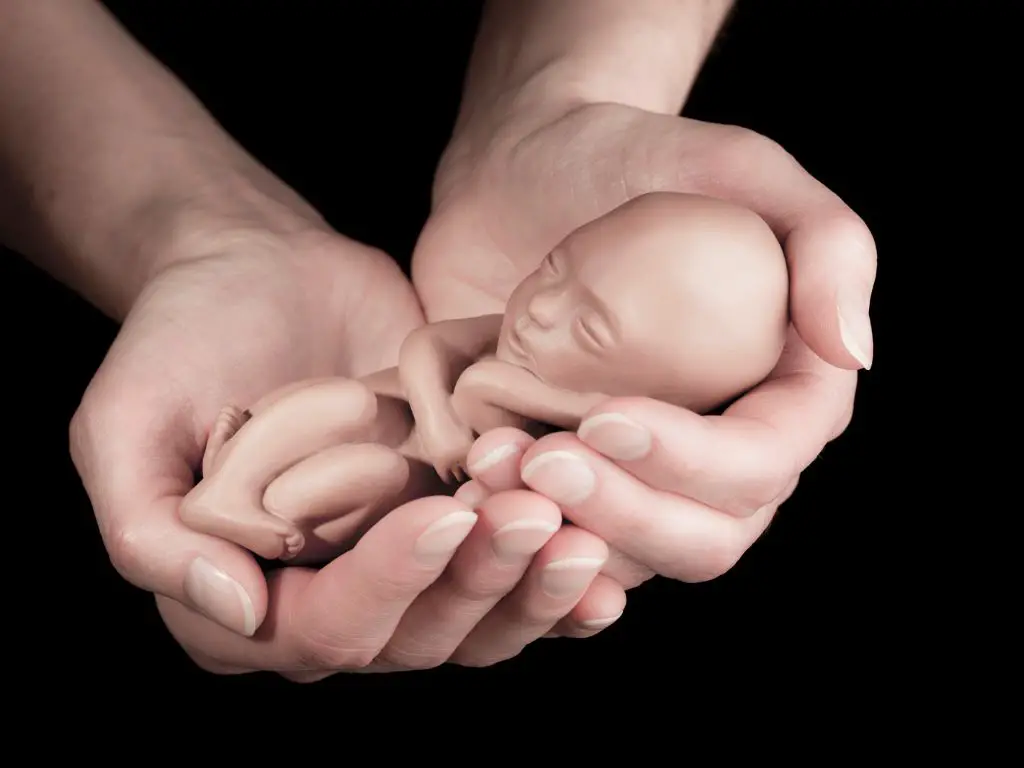The prospect of artificial wombs could mean the end of childbirth as we know it. Artificial wombs, or “ectogenesis”, are a technology that would allow for an unborn baby to be grown in an artificial environment outside the mother’s body. This technology has been making strides in recent years and may soon become a viable option for pregnant women who want to avoid labor and delivery altogether.
What is Ectogenisis
Ectogenesis, the artificial womb technology that could potentially allow a fetus to develop outside of a woman’s body, has been an intriguing concept in science fiction for decades. While it may seem like something out of a futuristic movie, ectogenesis is actually being studied and researched by scientists today.
The potential implications are both exciting and concerning; on one hand this technology could revolutionize reproductive health care and provide new opportunities for families who otherwise wouldn’t be able to have children biologically. On the other hand, there are ethical considerations surrounding ectogenesis that need to be taken into account before any widespread use or implementation can take place.
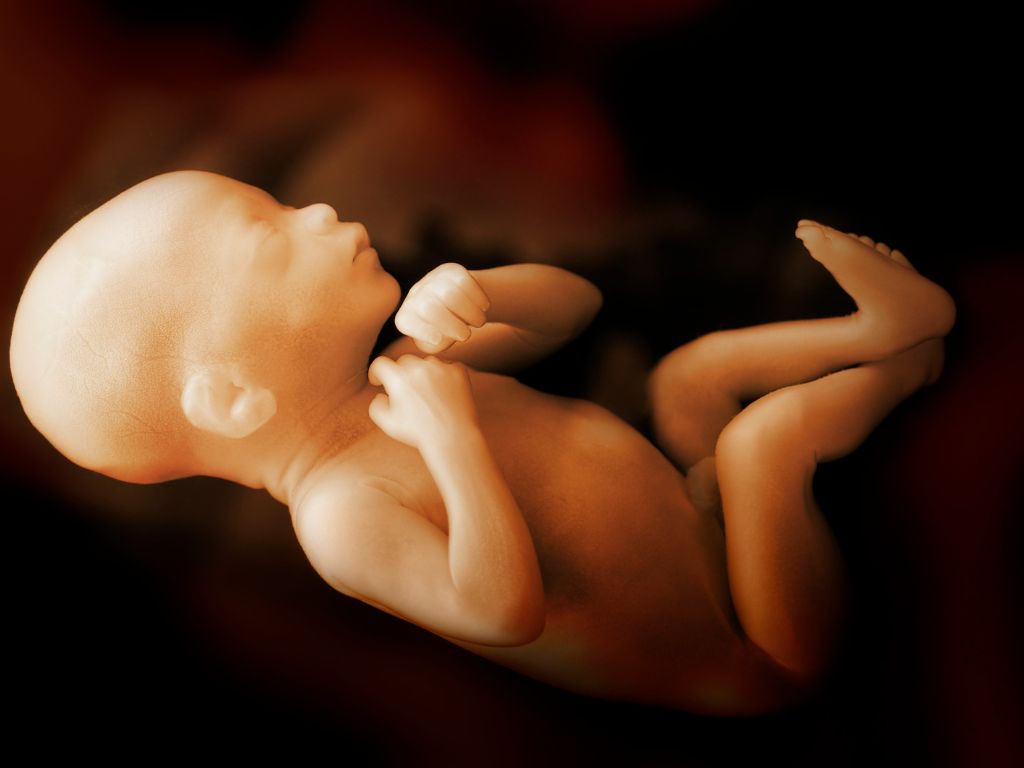
Is ectogenesis possible
At its most basic level, ectogenesis involves growing an embryo in some type of external environment such as a tank or incubator filled with amniotic fluid instead of inside the uterus like normal pregnancies do. This would enable women who cannot carry their own child due to medical reasons (such as uterine fibroids) or social circumstances (like single mothers) access motherhood without having another person act as surrogate parentage through traditional methods such as surrogacy or adoption services.
However, while these potential benefits are certainly enticing , there still remain many unanswered questions about how safe this process really is compared with natural childbirth. There’s also concern over what kind of legal rights parents would have if they opt for ectogenetic reproduction versus those given when using traditional means such as adoption services. Until more research is conducted regarding safety protocols and regulations governing parental rights associated with this method , we won’t truly know whether it will become part our everyday lives anytime soon – but at least now we can say that yes indeed : Ectogensis is possible !
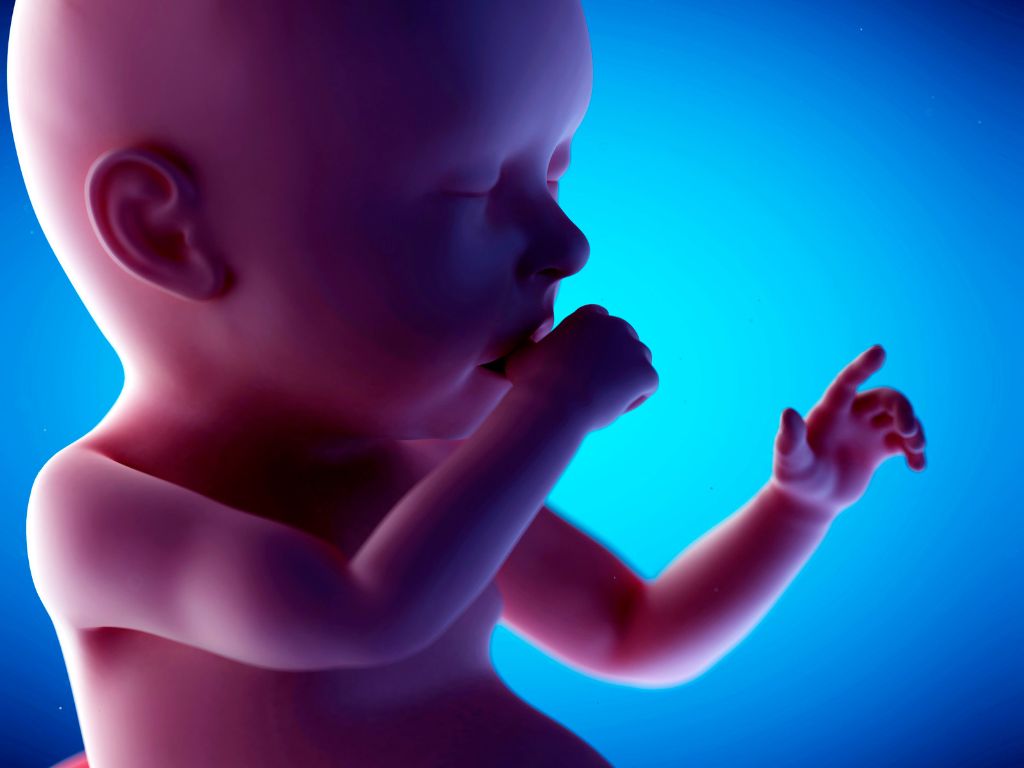
How does an artificial womb work
Artificial wombs use a combination of fluid-filled incubators and robotic arms that mimic natural uterine movements in order to nurture developing fetuses outside of the mother’s body until they reach full term gestation age or beyond. These systems can be monitored remotely by physicians while providing constant temperature control, nutrition delivery, waste disposal management and other vital functions necessary for fetal growth and development inside their artificial environment. In addition to these capabilities, some models even allow parents access into their baby’s world through video monitors so they can witness milestones such as kicking or hiccups during pregnancy without having any physical contact with them yet still feel connected throughout this special journey together.
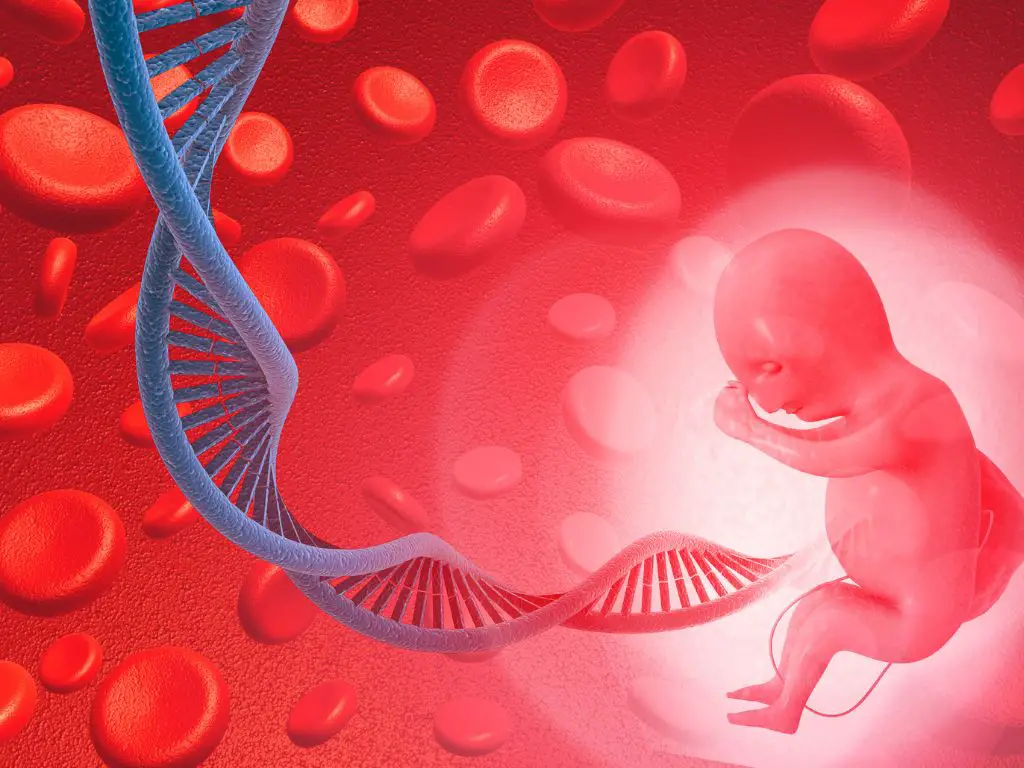
Why artificial wombs are good
This revolutionary technology will undoubtedly open up many possibilities when it comes to treating high risk pregnancies or assisting those who cannot conceive naturally due its ability create safe environments where embryos are able develop normally despite any external factors that may impede traditional methods from working effectively on their own accord. While there is still much work ahead before we see widespread implementation across hospitals worldwide, it’s clear that this groundbreaking innovation could revolutionize how medicine approaches childbirth.
For many pregnant women, this could provide a much-needed alternative to traditional childbirth methods. It would eliminate some of the risks associated with pregnancy such as preterm birth or gestational diabetes while also giving mothers more control over their birthing experience by allowing them to choose when they give birth and how long they carry their baby before doing so. Additionally, ectogenesis could help reduce maternal mortality rates around the world by taking away some of the most dangerous aspects of pregnancy like hemorrhaging during labor or complications from anesthesia used during delivery procedures.
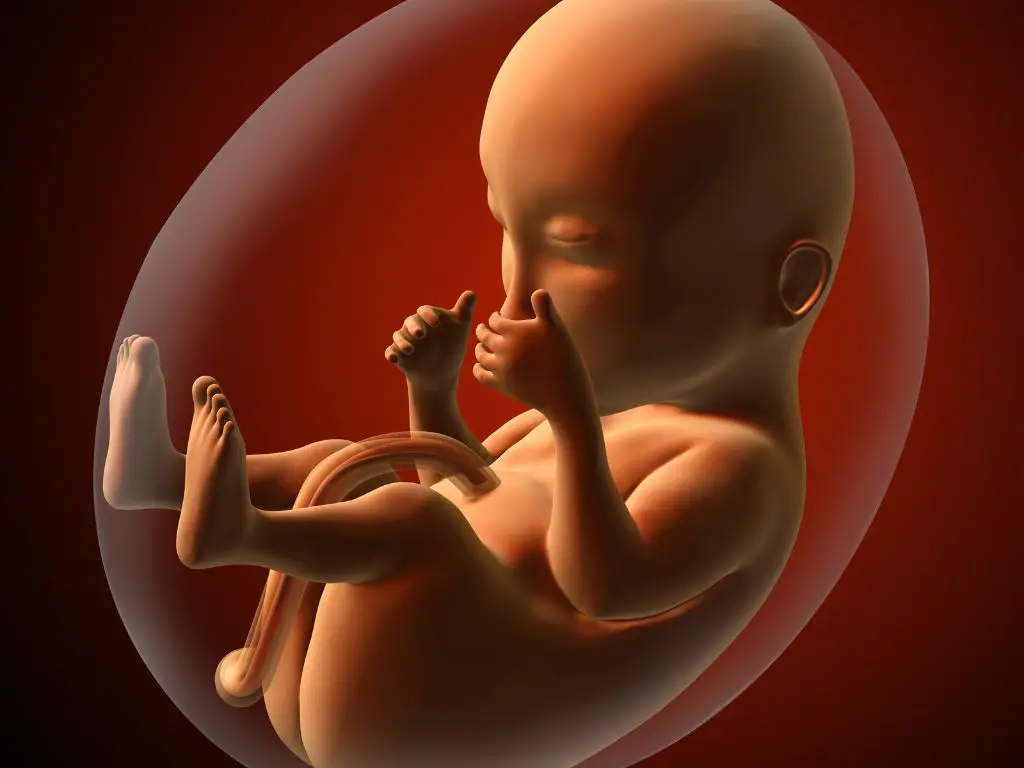
Ectogenesis pros and cons
There are both pros and cons associated with this new technology that must be considered before it can be widely adopted by society.
Pros
- One major benefit of ectogenesis is its ability to reduce maternal mortality rates due to pregnancy-related complications such as preeclampsia or postpartum hemorrhage. By removing these risks from childbirth altogether, many women would no longer have fear any health consequences related to pregnancy or labor-induced stressors on their bodies.
- It can provide a more controlled environment than traditional birthing methods, allowing doctors to better monitor the health and development of premature infants while they are still inside their mother’s body.
- This could potentially lead to improved survival rates among preterm births by reducing risks associated with prematurity such as lung problems or infections due to immature immune systems.
- Ectogenesis could provide access to gestational care for those who otherwise may not have had it available through traditional methods; thus increasing overall public health outcomes in communities where medical resources are limited or unavailable entirely.
- Additionally, this type of technology could also help reduce healthcare costs related to long-term care for preemie babies who would otherwise require extensive hospitalization after birth due extended stays in neonatal intensive care units (NICU).
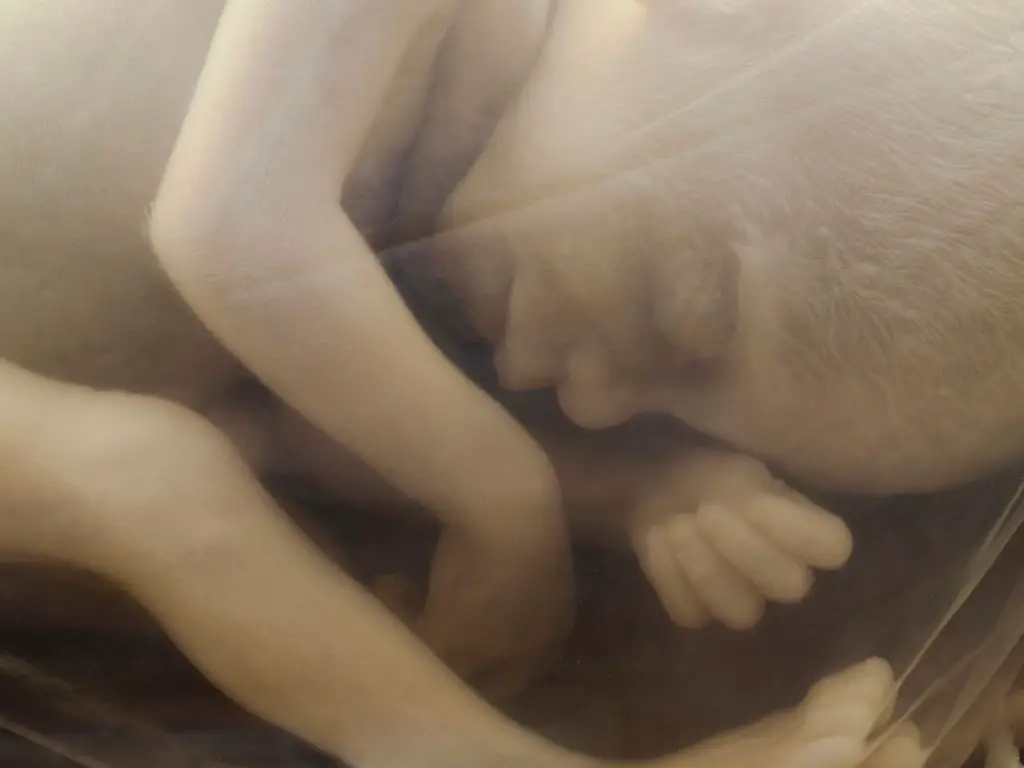
Cons
Despite its potential benefits however, ectogenesis also raises ethical questions about what constitutes “natural” reproduction when compared with artificial means like IVF (in vitro fertilization). For example:
- Is it acceptable for parents who use this method of conception still refer their child as “their own?”
- How will children born via this technique feel about being created outside the body? These issues need careful consideration if we want our society accept and embrace them without causing harm either directly or indirectly down the line.
- ethical concerns about whether this method should be used instead natural birth processes or if parents will have less emotional connection with their child since they did not experience labor together like most couples do during natural births;
- cost implications associated with implementing such technologies into hospitals;
- possible legal issues surrounding parental rights over children born from these devices;
- Another concern raised by critics is whether government should regulate such technologies so as not allow individuals exploit them selfishly at expense others’ rights & safety .
- and questions regarding how much autonomy parents should have when deciding what type of pregnancy they choose for themselves or their baby’s future health outcomes given current limitations on our understanding about long-term effects from being incubated artificially versus naturally delivered ones.
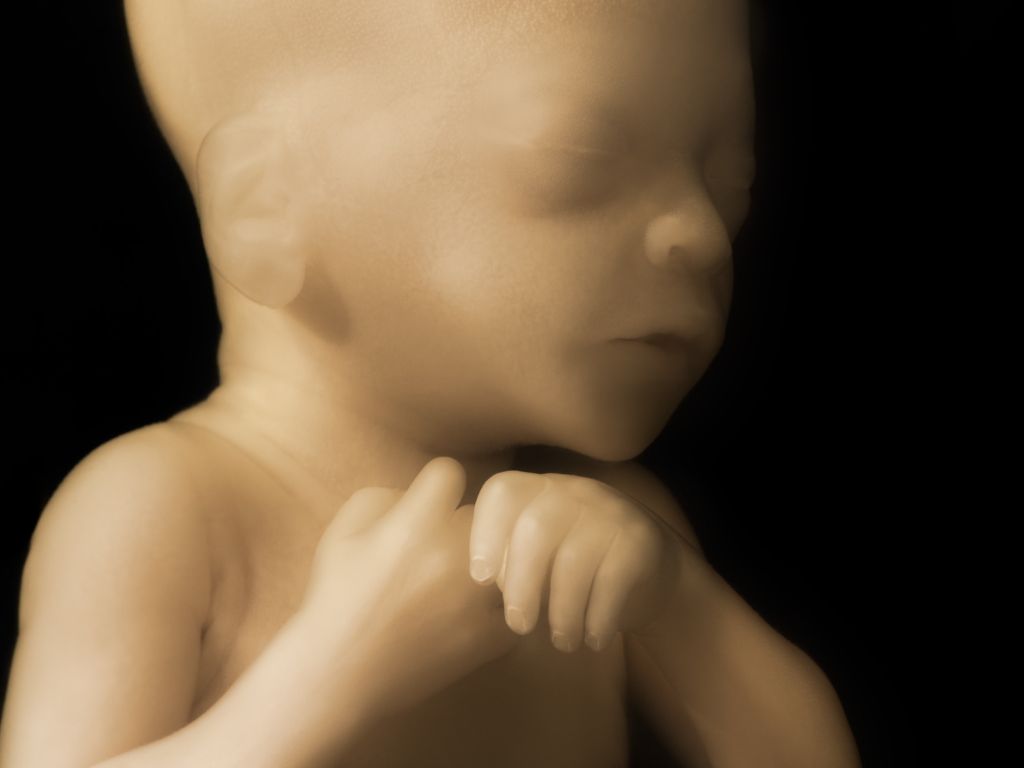
While Ectogenisis offers some promising advantages , there remain several important concerns surrounding implementation & adoption . Therefore further research into technological developments & legal frameworks needs done ensure safe usage going forward.
The ethical considerations must be taken into account before implementing ectogenesis on a wide scale basis; namely questions about what kind rights should be afforded to babies born via artificial womb versus those born naturally? There is also concern about potential health implications due prolonged exposure within such environments can have on developing fetuses which need further research before any widespread implementation takes place. Nevertheless, if these issues can eventually addressed then it stands reason that ectogenisis will one day replace natural childbirth entirely

